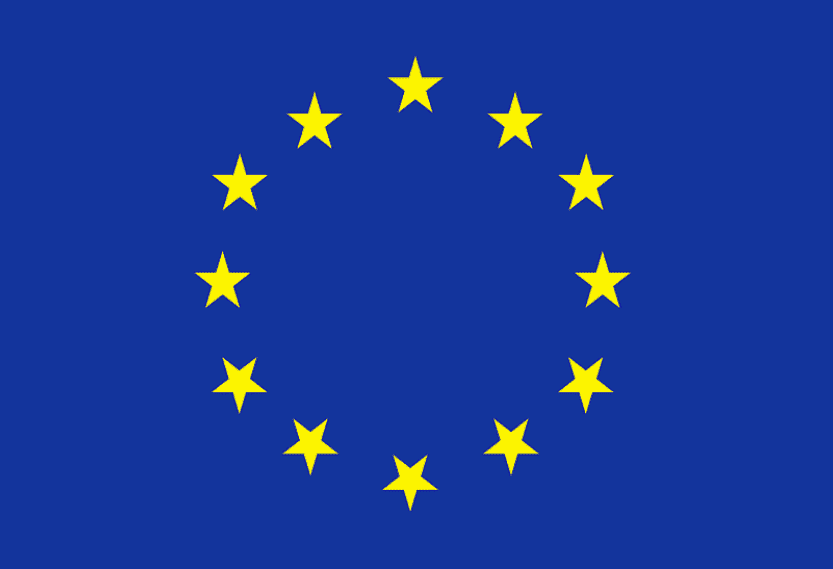
Introduction
In the intricate landscape of business events, strategic elements like custom exhibition booth design, exhibit services, and tradeshow services play pivotal roles. This comprehensive guide aims to demystify the distinctive features of expositions and trade fairs, offering insights into their unique dynamics and significance in the business realm.
Expositions
Definition and Purpose:
An exposition serves as a convergence point where trade professionals and consumers intersect on equal footing. Unlike exclusive gatherings, expositions cast a wide net, allowing companies to showcase their offerings to a diverse audience. The primary goal is to garner comprehensive feedback from both marketers and consumers, fostering a holistic understanding of the products or services presented.
B2B and B2C Dynamics:
Expositions embrace a mixed audience, attracting both business-oriented individuals (B2B) and general consumers (B2C). This amalgamation creates a rich tapestry of perspectives, presenting companies with an opportunity to cater to both segments simultaneously. The challenge lies in navigating this diversity strategically to extract optimal outcomes.
Strategic Booth Designs:
In the bustling environment of expositions, where numerous companies vie for attention, standing out becomes paramount. Strategic custom exhibition booth designs play a crucial role in capturing the attention of specific target audiences. These designs act as immersive experiences, akin to creating an inviting space at a social gathering, ensuring engagement and resonance.
Examples of Expositions:
Prominent examples of expositions include home shows, auto expos, tattoo expos, and living heritage expos. These events serve as expansive show-and-tell platforms, allowing companies to showcase their products and engage with a broad spectrum of attendees.
Trade Fairs
Concept and Objectives:
Trade fairs, in essence, function as extensive marketplaces where companies set up booths to showcase and sell their products. Unlike expositions, the focus is on direct sales and lead generation, making it a dynamic space for business transactions and consumer interactions.
B2C Emphasis:
Trade fairs predominantly target the consumer market, inviting the general public to explore and make direct purchases. This openness creates an inclusive atmosphere, transforming the event into a retail haven where attendees can immerse themselves in the offerings presented by various exhibitors.
Dual Objectives: Sales and Lead Generation:
Trade fairs operate with dual objectives – achieving direct sales and generating leads for future business engagements. The emphasis on lead generation extends beyond the immediate transaction, fostering lasting connections with potential customers.
Examples of Trade Fairs:
Illustrative examples of trade fairs include the International Jewellery Fair, Craft & Quilt Fair, and 4*4 Show. These events exemplify extensive marketplaces where companies can showcase, sell, and engage with a wide array of consumers.
Divergent Paths, Unique Intentions
In summary, the distinction between expositions and trade fairs lies in their intentions and target audiences. Expositions function as inclusive platforms for established brands with a pre-existing market presence. Conversely, trade fairs cater to companies seeking visibility and direct engagement, particularly those with lower brand recognition.
Choosing Your Path: Exposition or Trade Fair?
The decision to participate in an exposition or trade fair hinges on the specific goals and positioning of a company. For established brands looking to amplify their marketing impact, an exposition may be the preferred avenue. On the other hand, businesses seeking direct consumer engagement and sales opportunities might find a trade fair to be a strategic choice.
Significance of Expositions and Trade Fairs
Both expositions and trade fairs contribute significantly to the business landscape, albeit in distinct ways. Expositions provide a dynamic stage for showcasing products, gathering feedback, and fostering a deeper understanding of market dynamics. The inclusive nature of expositions makes them ideal for brands with a diverse audience base.
Trade fairs, on the other hand, emerge as bustling marketplaces where companies can directly sell their products, generate leads, and establish connections with a wide range of consumers. The emphasis on direct transactions and lead generation positions trade fairs as strategic avenues for businesses aiming to boost sales and increase brand visibility.
Exhibit Services: Enhancing Your Presence
Strategic exhibit services are indispensable for ensuring a seamless and impactful presence at business events. From booth setup to logistics, these services optimize your company’s overall visibility, leaving a lasting impression on your target audience.
Wrapping Up the Comprehensive Guide
In conclusion, expositions and trade fairs serve as integral components of a company’s marketing and engagement strategy. Choosing between the two depends on the specific goals, target audience, and brand positioning. Armed with a deeper understanding of these events, businesses can navigate these dynamic worlds strategically, leveraging the unique opportunities each platform presents.


 US
US
 EU
EU


